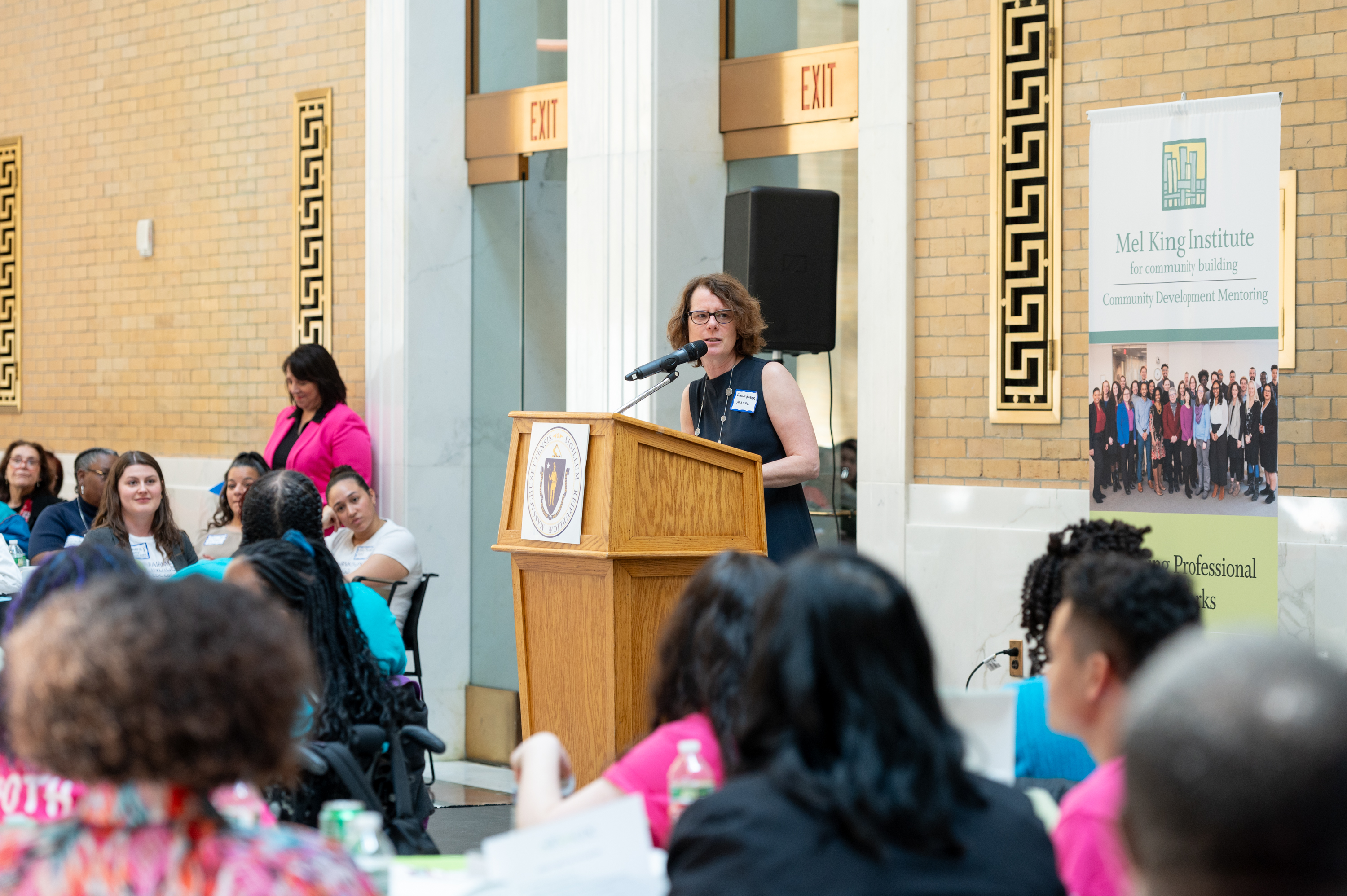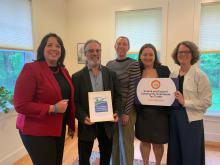Comprehensive Community Development
There is currently no content classified with this term.
Learn how community development organizations help create places of opportunity where ALL people live with dignity while participating in and benefiting from our Commonwealth's economy.

MACDC advocates on behalf of our members and the communities they serve to create the public and private sector policies that will promote community development throughout Massachusetts.

MACDC’s programs and services are designed to support our members in specific areas of community development and to strengthen the effectiveness of the broader community development system.

The Community Investment Tax Credit provides a 50% state refundable tax credit for donations to selected Community Development Corporations in Massachusetts.

MACDC provides a variety of online resources from job listings at member organizations to community development reports and research. This information is updated frequently.


© 2025 Massachusetts Association of Community Development Corporations
Website designed by Intercreativa Design.
Drupal Development by Charles River Web



